Photographing a Remote Utah Slot Canyon with Medium Format Cameras
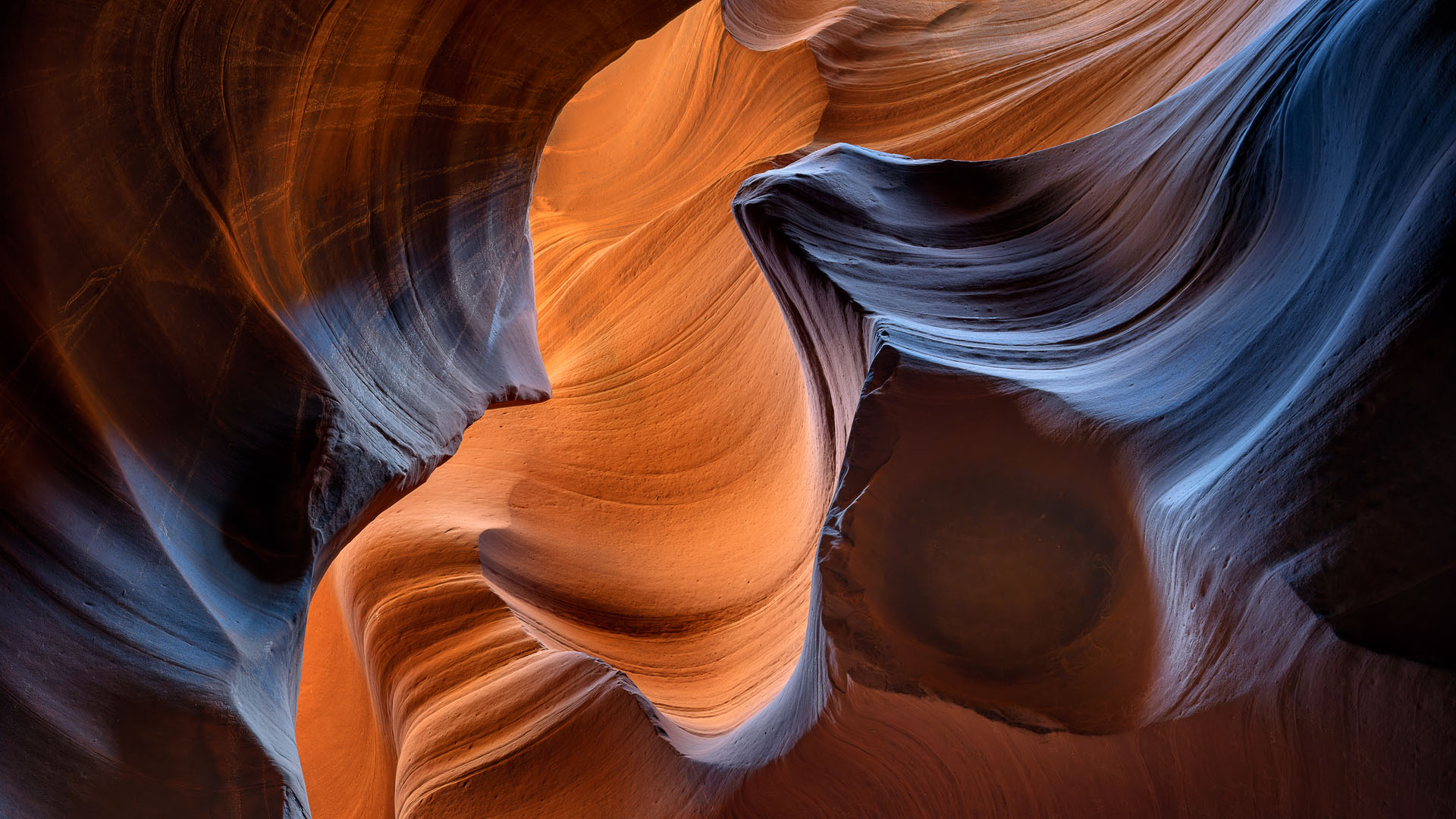
Since this was my first slot canyon adventure in a remote location, I arranged to go with a local photographer and guide who knows Utah well. It turned out to be a wise choice—I wasn’t aware of this stunning place, and even if I had been, exploring it solo would have been reckless.
For this project, I used two medium format systems: an Arca-Swiss RM3di technical camera paired with a Hasselblad CFV 100C digital back, and a Fujifilm GFX 100 II. I brought five lenses but only used two: the GF 20-35mm F4 R WR on the Fuji and the Rodenstock HR Digaron-W 50mm f/4.0 on the Arca-Swiss.
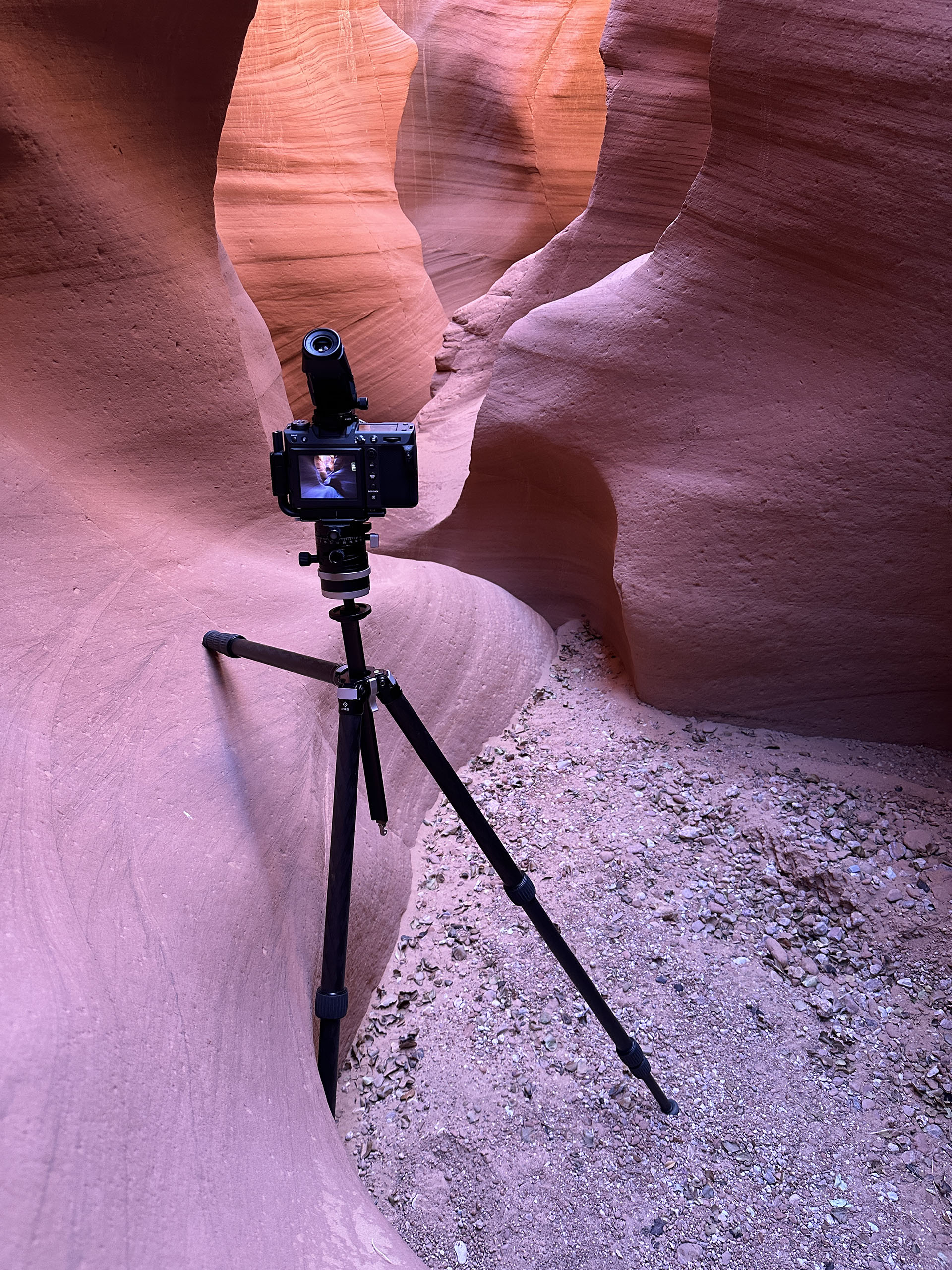
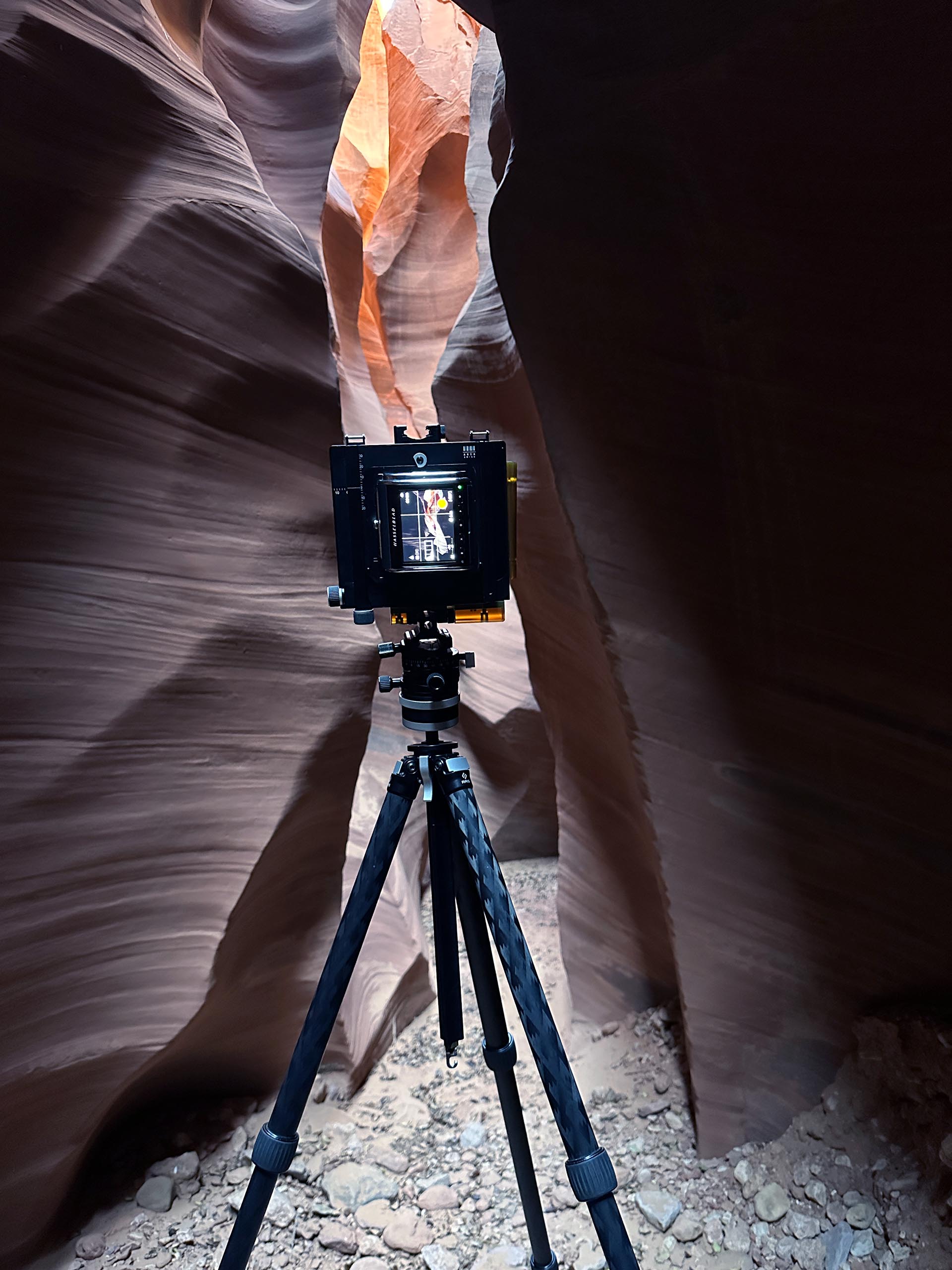
We spent two days exploring the slot canyon and camped for one night. The entire time, we didn’t see another soul—it felt like we had the whole area to ourselves. That night, the temperature dropped to 8°F.
After setting up camp, we sat by the fire under a full moon, warming up with a grilled cheese sandwich and tomato soup. Despite sleeping in a base layer, my winter jacket, and two sleeping bags, I couldn’t escape the cold. Meanwhile, my guide was cozy and warm in the back of his truck as I shivered in my tent. I couldn’t help but laugh to myself as I tried not to become an ice sculpture. Sleep didn’t come easily, but the challenge was part of what made the trip memorable.
While the guide knew of one way to get into the canyon, we did some scouting to see if we could find alternate entry and exit points that were a bit closer to camp. We found a good spot that required us to descend about 100 feet from the surface.
The slot canyon gets very little direct light, as it is nested within a larger canyon. Most of the light first reflects off the outer canyon walls before bouncing down into the slot, creating subtle and beautiful illumination throughout. Because the light isn’t direct, many areas inside the slot canyon remain quite dark, requiring long exposures to capture the details. In fact, I used exposures of up to 16 seconds at f/16 and ISO 200 for some images.
Navigating the canyon required some basic climbing techniques, including "stemming"—using opposing pressure between the canyon walls to ascend or descend. As someone with no technical climbing experience, the guide’s instruction was invaluable. Some sections were so narrow that I had to remove my backpack and squeeze through sideways. As someone with mild claustrophobia, these tight passages were a bit uncomfortable but manageable.
The canyon's architecture and lighting influenced my approach to composition. Rather than attempting large, expansive scenes, I focused on intimate scenes, details, and the abstract patterns formed by rock and reflected light. The results capture a less-seen side of Utah's canyon country, where light and shadow play across ancient stone in unexpected ways.
Images Made with the Fujifilm GFX 100 II and GF 20-35mm F4 R WR Lens
It didn't take long to realize that this is a special place. About ten steps into the canyon I found a compelling scene to photograph. The reflected light created a beautiful interplay of orange and purple tones on the canyon walls. The way light wraps around the curved surfaces, reveals the texture and striations in the sandstone while maintaining deep shadows that give depth to the scene.
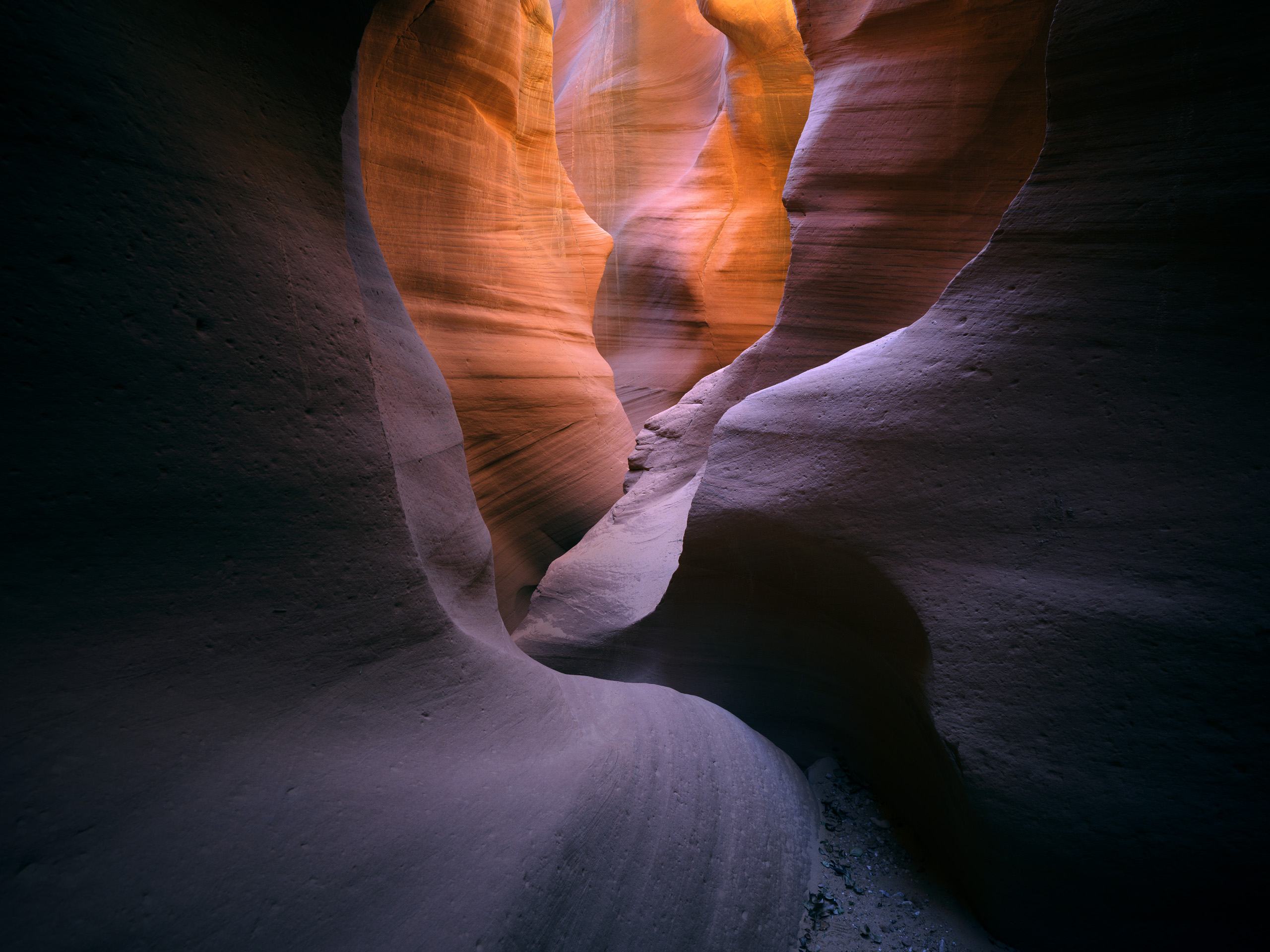
Moving deeper into the canyon, the light changed. One section revealed an intense orange glow that contrasted sharply with the cool shadows. A few steps further, another composition emerged where the reflected light illuminated the layered textures of the rock walls, creating a subtle transition from deep shadow to warm light.
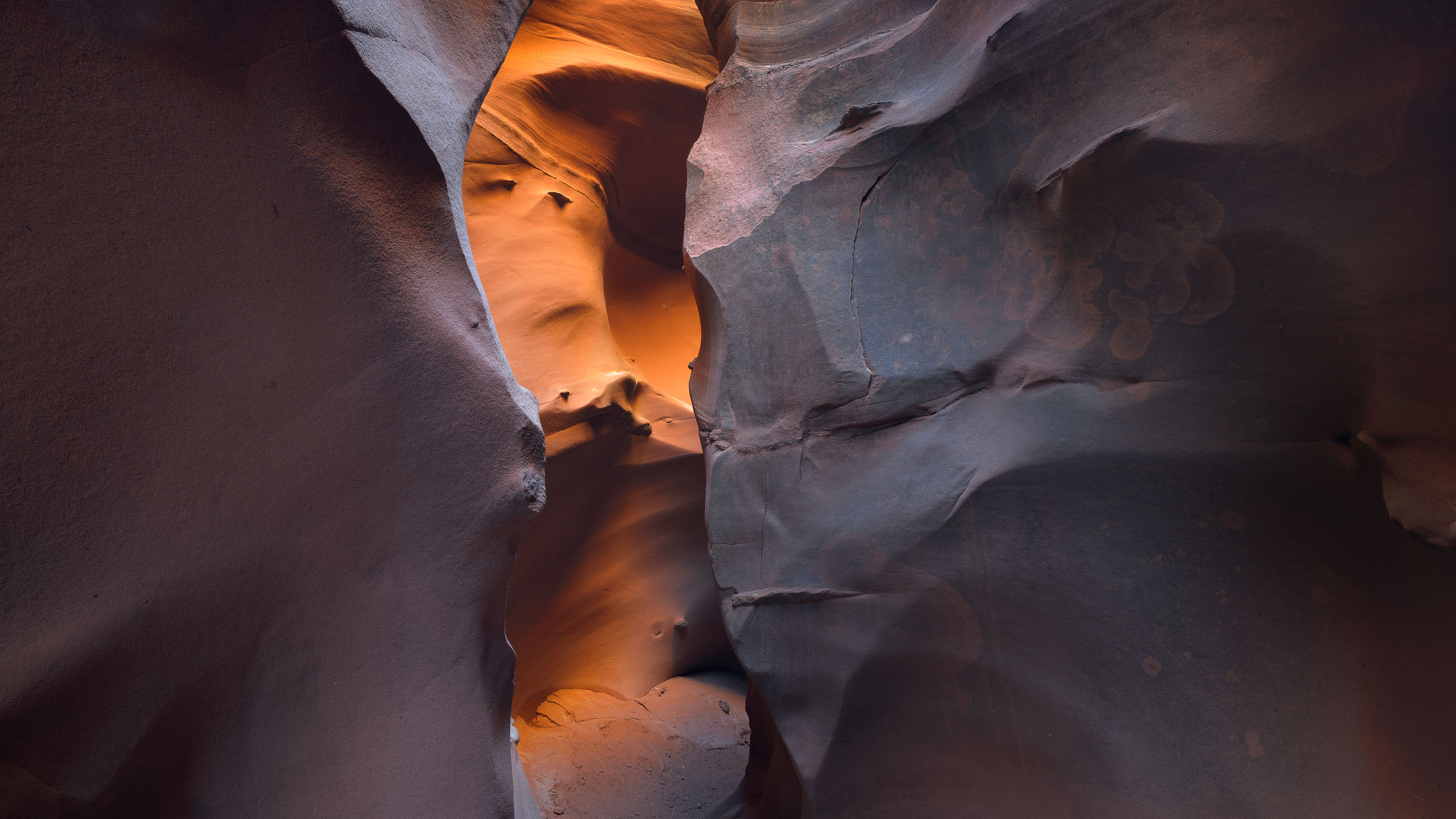
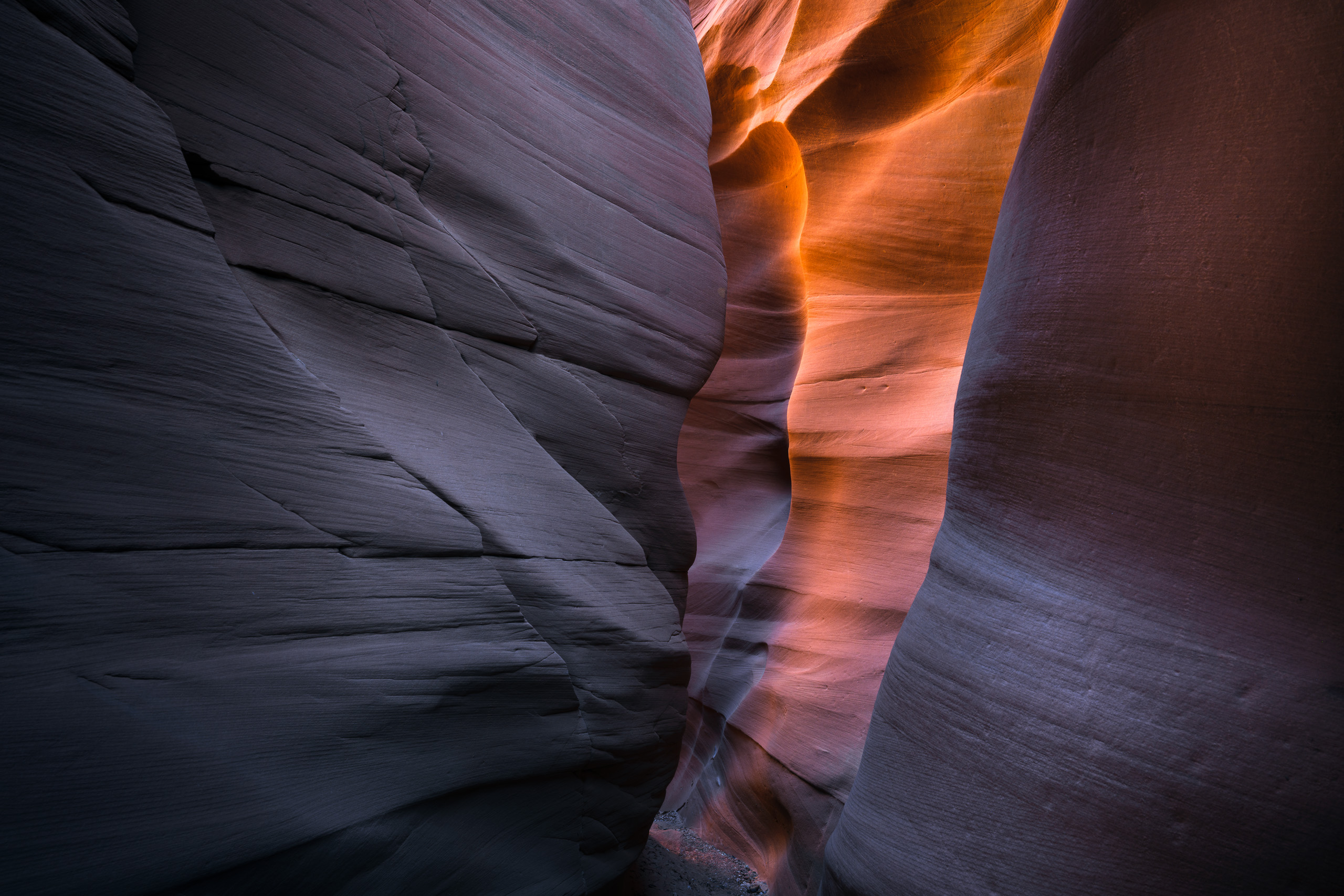
Images Made with the Arca-Swiss Rm3di, Hasselblad CFV 100C, and Rodenstock HR Digaron-W 50mm f/4.0
Further along, the canyon opened slightly, allowing me to back up and show more of the slot canyon's height. The sandstone showed clear layers of erosion, telling the story of the canyon's formation through water and time.
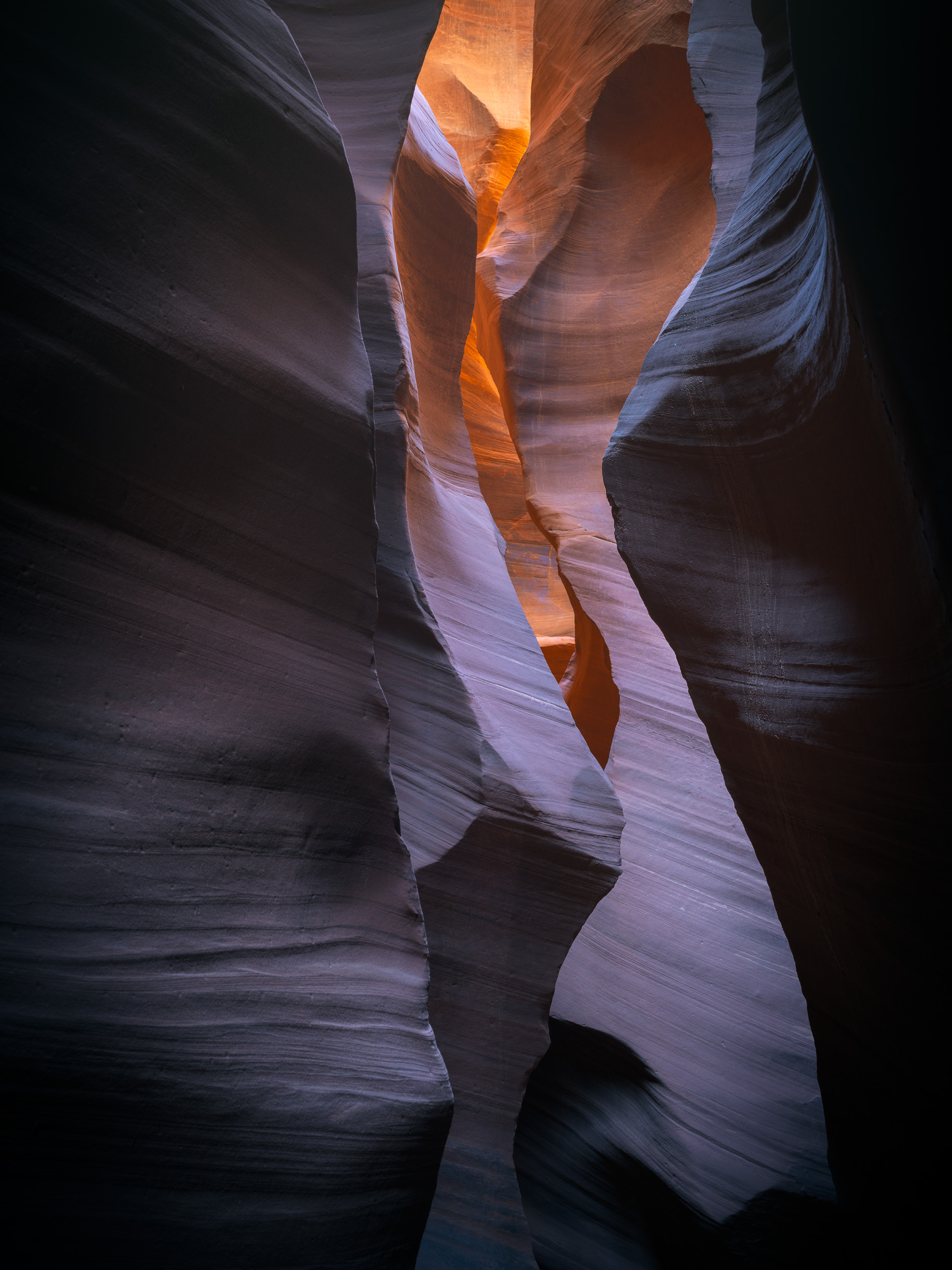
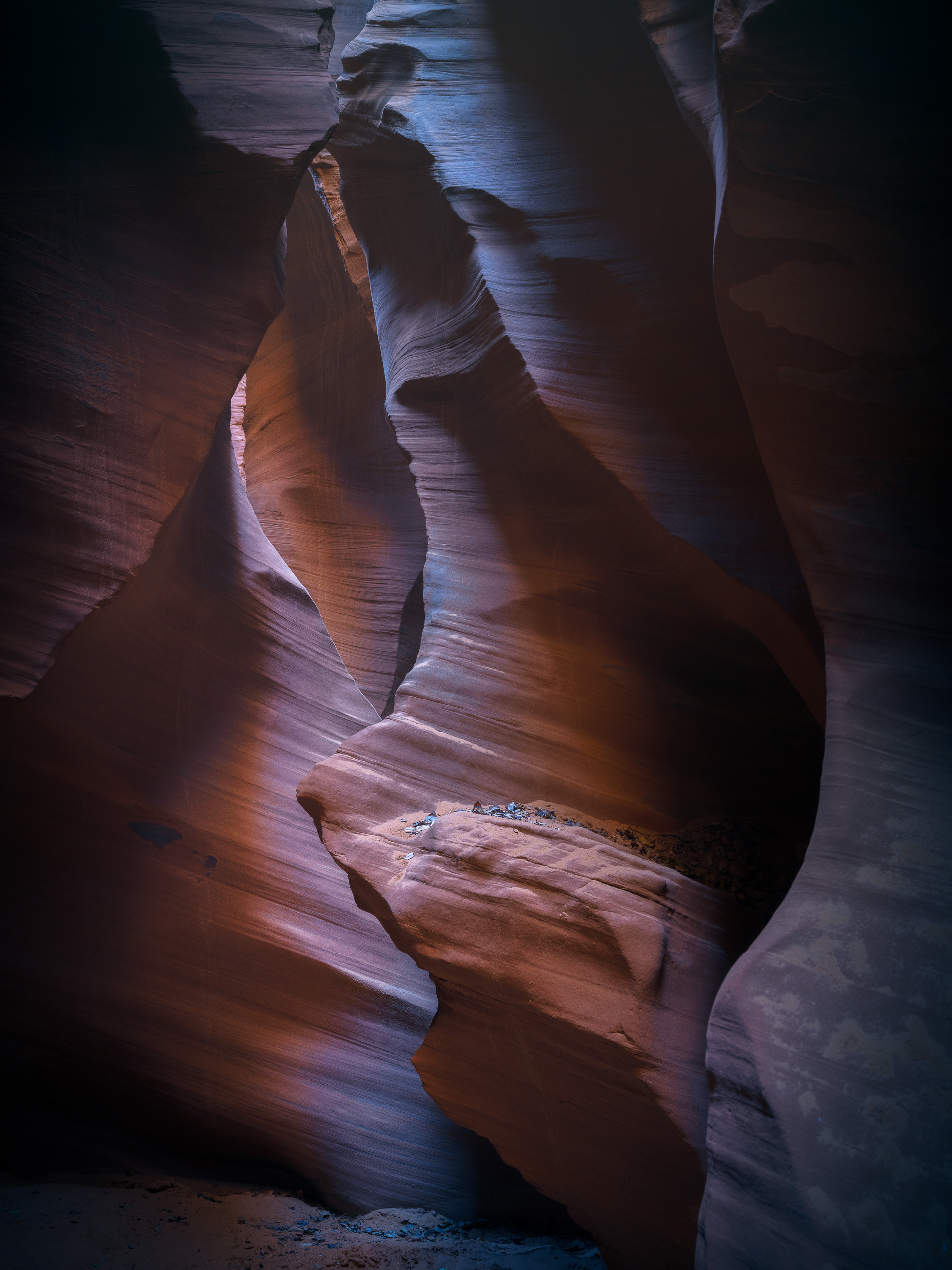
The next two images were created by stitching multiple frames together. This technique produces higher resolution files and a wider field of view while maintaining the compression of a longer lens.
The first image creates an interesting optical illusion of depth. The orange section appears to be in the background but is actually the foreground, with the right side in mid-ground and blue tones furthest away.
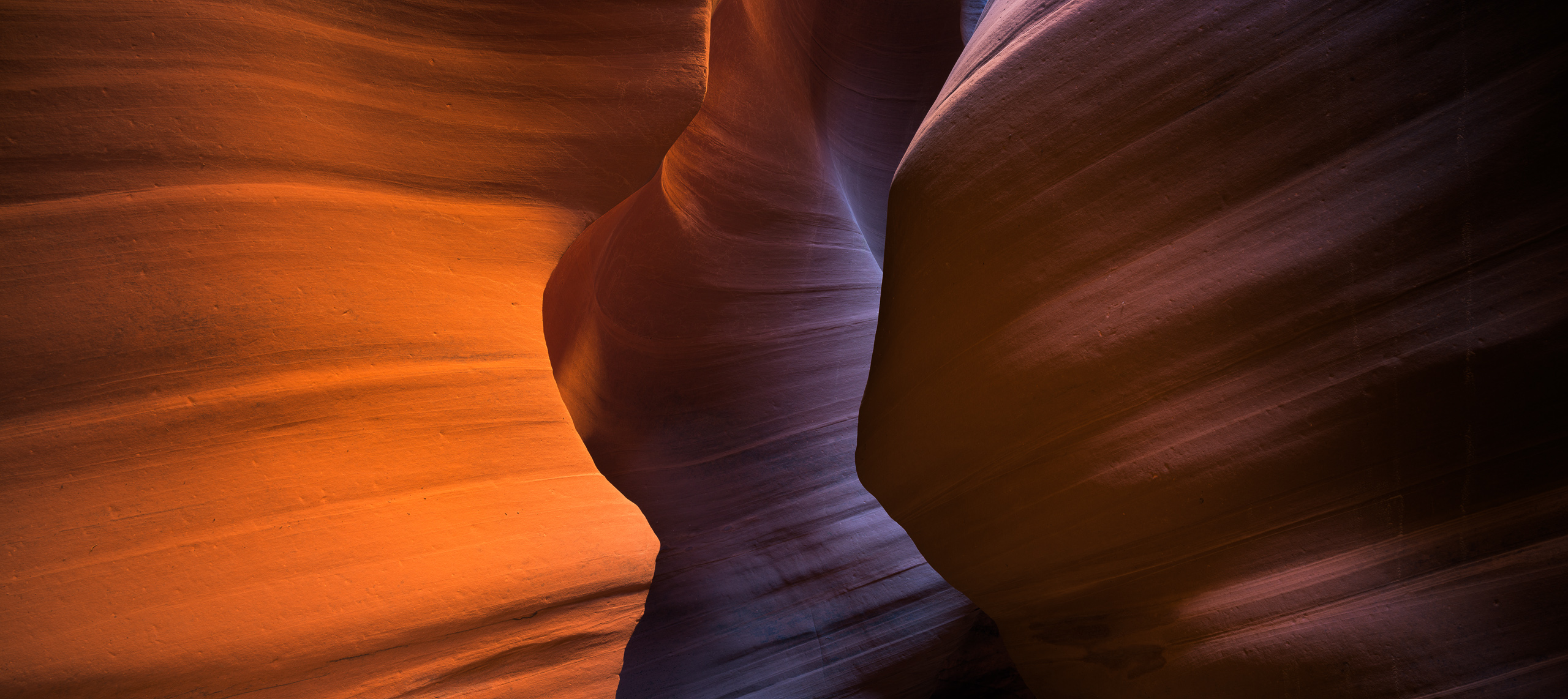
For the second image, one of the main considerations was controlling the light values. I focused on including only the subtle lighting and avoiding areas where the light was too harsh and bright to control. While this wasn't immediately obvious to the eye, it took several attempts to achieve the right balance.
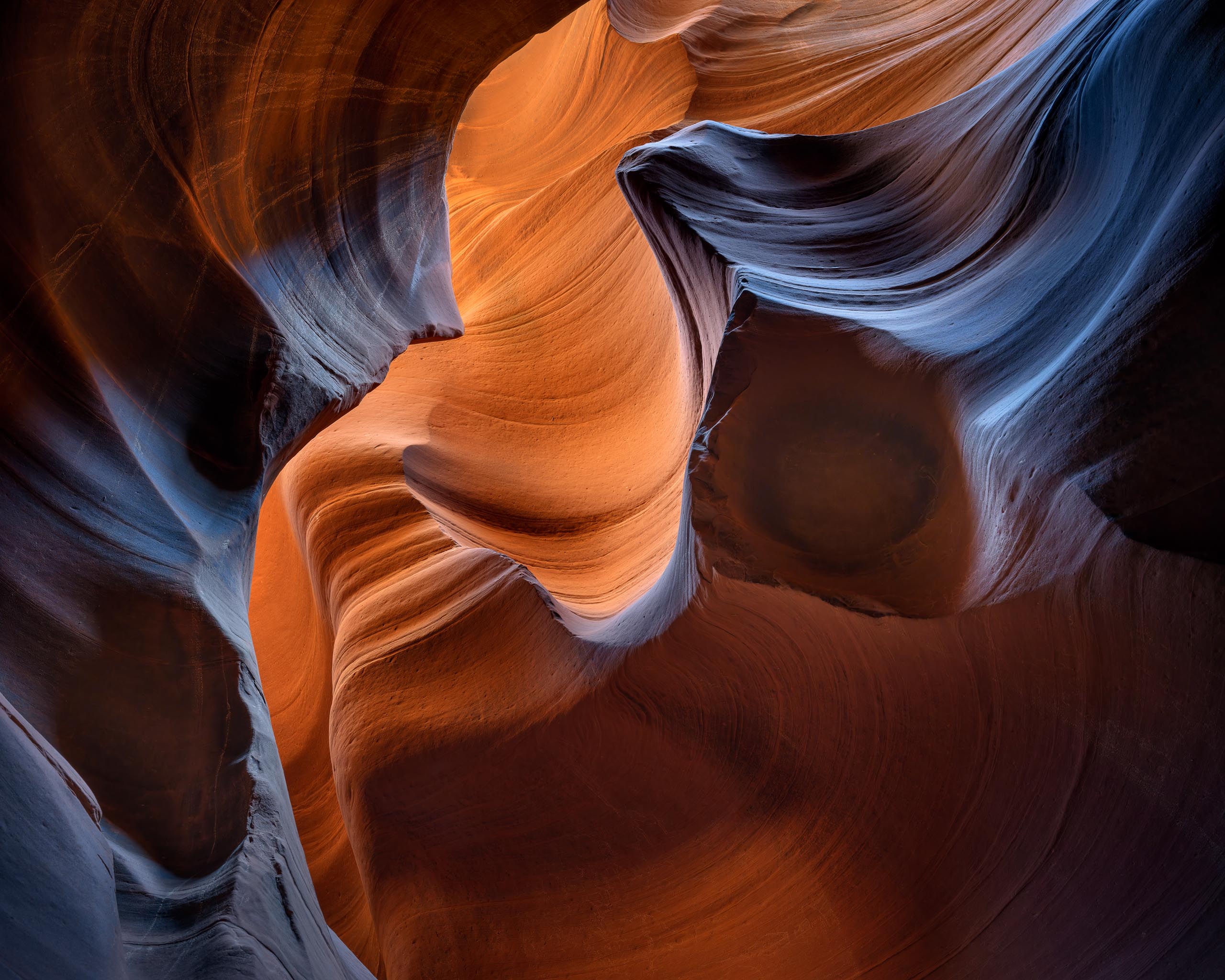
Final Thoughts
Safety & Planning
Safety should be your first priority when exploring remote areas. Having a companion, ideally a knowledgeable guide, isn't just about navigation—it's about getting home safely to your family.
Technical Considerations
In tight spaces, managing focus becomes critical with medium format cameras. When subjects are close to the lens, consider making several images focused at different distances. Some scenes may require focus stacking—combining multiple images in Photoshop, each focused on different areas. For complex compositions like panoramas, tools like the Mark II Artist's Viewfinder app can help visualize the final result.
Light & Composition
Light in slot canyons can be subtle. Take time to observe how it interacts with the environment. The more you tune in to the scene, the more you'll notice the nuances of light and shadow. Small adjustments in composition can dramatically change an image. Make multiple exposures with slight variations in framing. What might seem like a minor shift can transform the final result.
Exploring slot canyons with a knowledgeable guide ensures both safety and valuable insights that can enhance your photography. There are countless lesser-known canyons in Utah, each offering unique photographic opportunities. Go discover them—with the right preparation, the experience can be both creatively fulfilling and unforgettable.

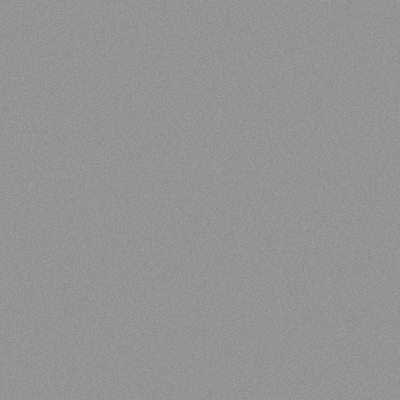 Fashion Gray
Fashion Gray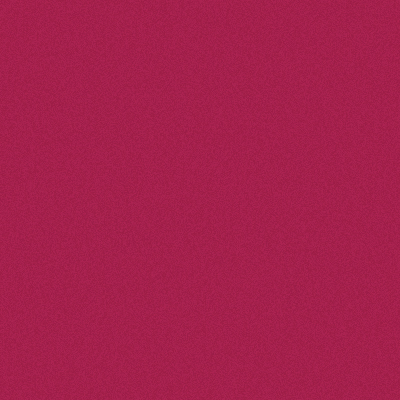 Crimson
Crimson Deep Yellow
Deep Yellow Tech Green
Tech Green Black
Black Purple
Purple Blue Jean
Blue Jean Blue Jay
Blue Jay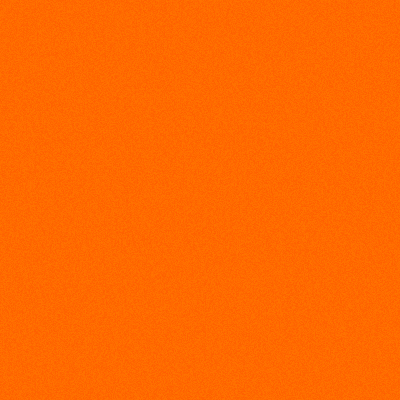 Orange
Orange Primary Red
Primary Red Super White
Super White